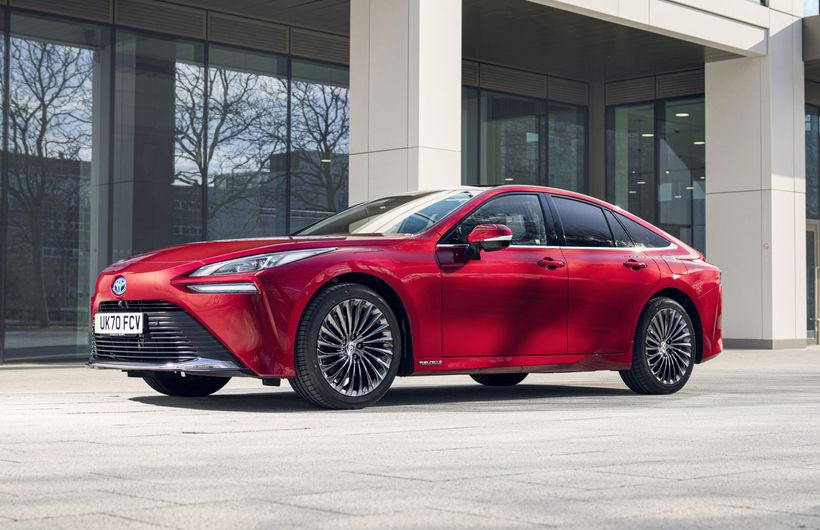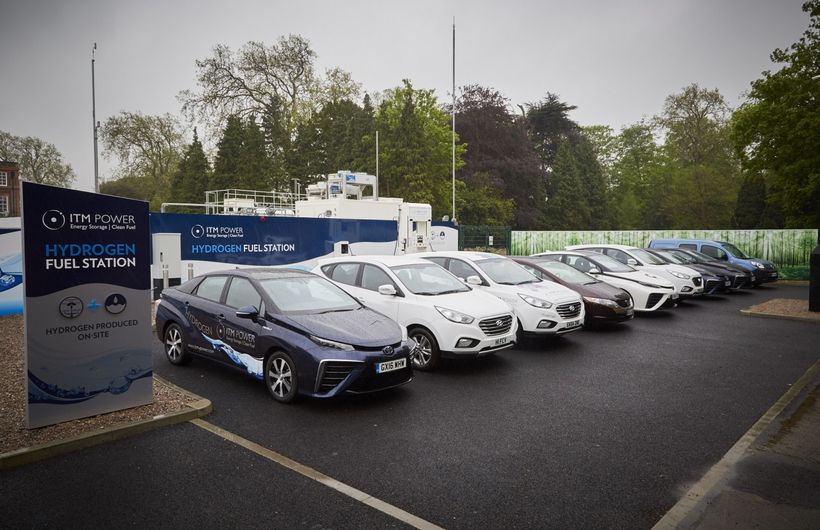Not everyone things pure electric cars are the future. While there is a general consensus that we need to stop burning fossil fuels to achieve environmental targets, there is some disagreement about the best way to create zero-emission and low carbon transport. Hydrogen is being hailed by some as a better solution.
Whereas battery cars use energy generated elsewhere and store it in rechargeable packs, fuel cell vehicles use a chemical process (called reverse electrolysis) to create electricity on board. The important thing about hydrogen fuel cell cars is that the hydrogen isn’t burnt, so there’s no harmful exhaust. Instead, it’s brought together with fresh air in the fuel cell were it’s harmlessly converted to clean electricity with only heat and pure water as by-products.
Such cars take about five minutes to re-fuel, have ranges that aren’t that far behind petrol or diesel cars, and unlike pure electrics, don’t become less efficient in cold weather.
The first thing to know about hydrogen cars like the Toyota Mirai and Hyundai Nexo which are the only two on sale in the UK today, is that they are actually electric cars powered by an electric motor. Hydrogen fuel cell cars, to give them their proper name, differ from the average battery EV on sale today, in that they use hydrogen gas as a source of energy to keep them moving, rather than a large battery.
What is a hydrogen fuel-cell car like to drive?
Hydrogen fuel cell cars are exactly the same to drive as a battery electric car and are powered by the same type of electric motor. They are just as powerful and carry enough hydrogen to give an impressive range. The latest Toyota Mirai for instance, has a range of 400 miles on a single fill of hydrogen. Like a battery electric car there’s no gear-changing involved and hydrogen fuel cell cars drive like a conventional automatic. Just jump in, turn them on, select drive or reverse, press the accelerator pedal and off you go.
 The Toyota Mirai has a range of 400 miles on a single fill of hydrogen
The Toyota Mirai has a range of 400 miles on a single fill of hydrogen 











